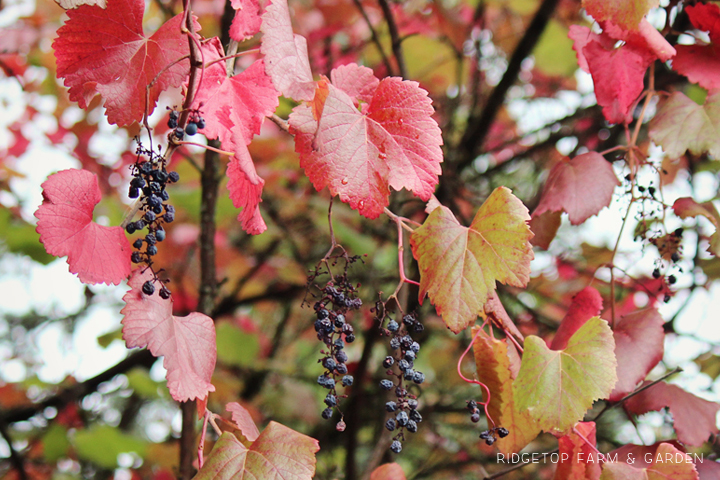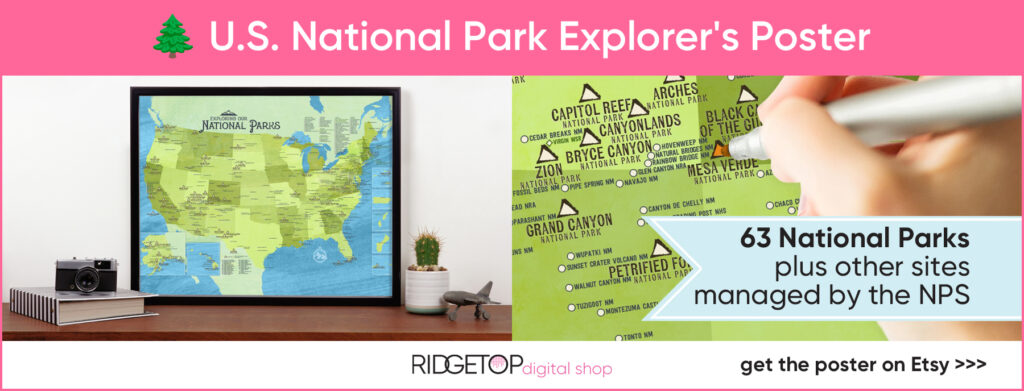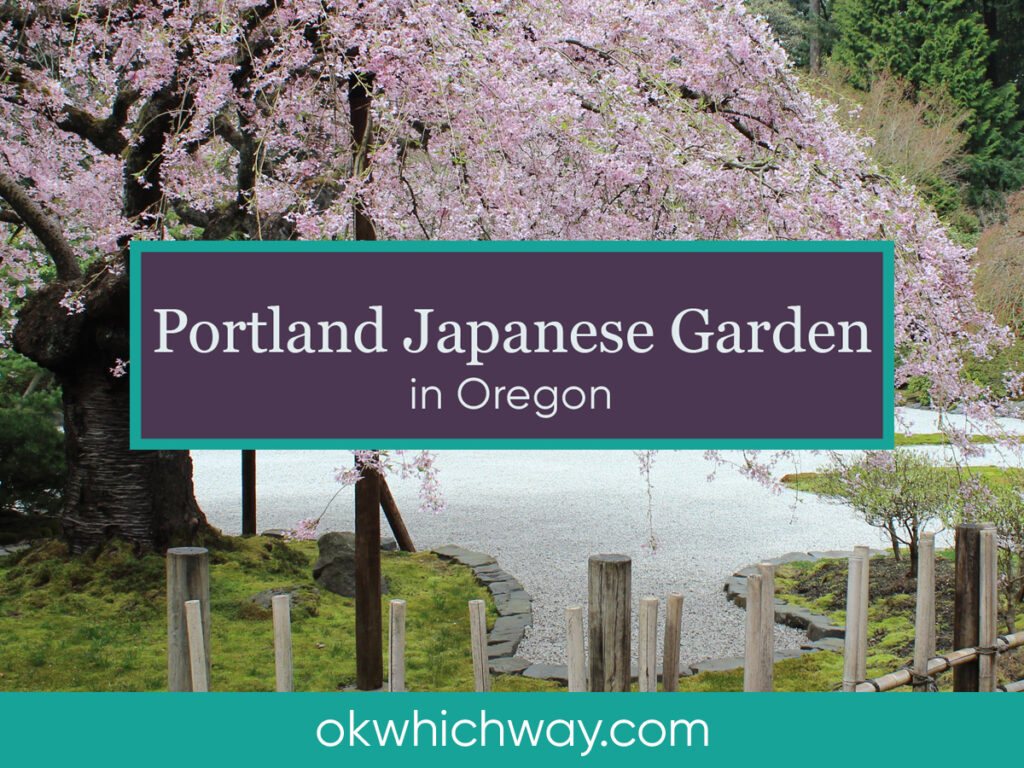
Portland Japanese Garden
The Portland Japanese Garden sits within the hills of Washington Park on the old zoo site. The garden opened in 1967 and continues to grow with the latest expansion completed in 2017.
This post may contain affiliate links. When you make a purchase using one of these affiliate links, we get paid a small commission at no extra cost to you.
The garden was born with the hope of providing a connection between Oregon and Japan after World War II. The original sections were designed by Professor Takuma Tono and include five garden styles with a Tea House and pavilion.
Take Note
There is a bit of a hilly walk from the parking lot to the entrance of the garden. It is a lovely walk through the trees, but a bit steep, and something to keep in mind.
A shuttle does run from the parking area to the entrance, but timing is limited.
Washington Park
Washington Park is 410 acres and one of the oldest parks in Portland. The Japanese Garden lies within this park, just above the International Rose Test Garden, where once were villages of Multnomah, Wasco, Cowlitz, Kathlamet, Clackamas, Bands of Chinook, Tualatin, Kalapuya, Molalla and other tribes.
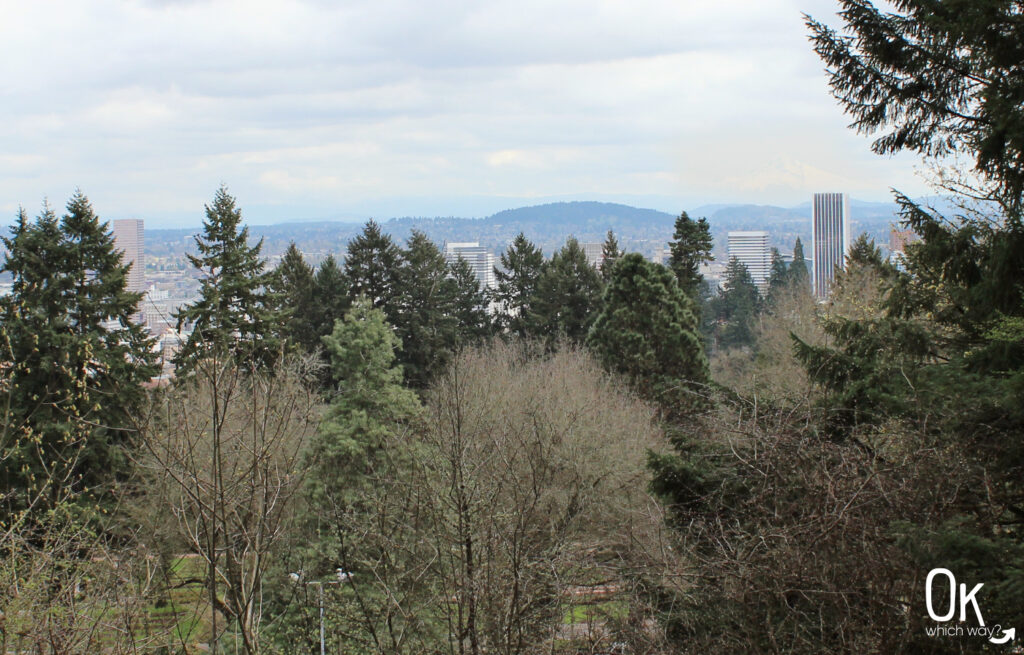
The Portland Japanese Garden is serene, beautiful, and definitely worth a visit. Many landscapes are beautiful, but the multi layered textures of varying shades of green in the Pacific Northwest are my all time favorite. This is probably why I adore the Japanese garden style – it is also very green and incorporates many natural elements. The effect is calming.
Below are a few of my favorites at the garden.
Sapporo Pagoda
Sapporo has been Portland’s sister city since 1959. Some similarities between the cities are that they are both less than 200 years old, currently have a population of more than two million, and sit at about the same latitude. Both communities also have a liking towards beer.
The pagoda lantern was gifted to the City of Portland by the City of Sapporo. The five stories of the 18 foot pagoda represent earth, water, fire, wind, and sky.
There are a number of pagodas and cement lanterns throughout the garden. They are focal points that blend perfectly with their environment.
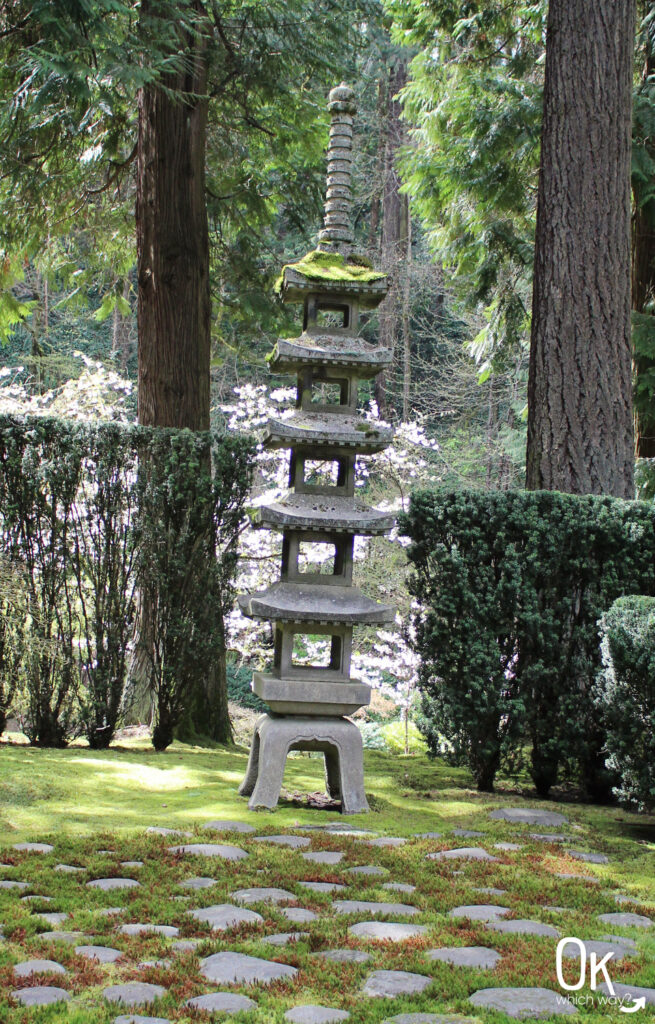
Strolling Pond Garden
Stroll gardens are designed to explore. Typically they feature a pond with a path around it. They were historically created for wealthy Japanese landowners during the 1600’s – 1800’s.
The stroll garden in Portland has an Upper and Lower Pond, which are connected by a stream. It is absolutely peaceful. Walking across the zig zag bridge to Heavenly Falls is pure calm.
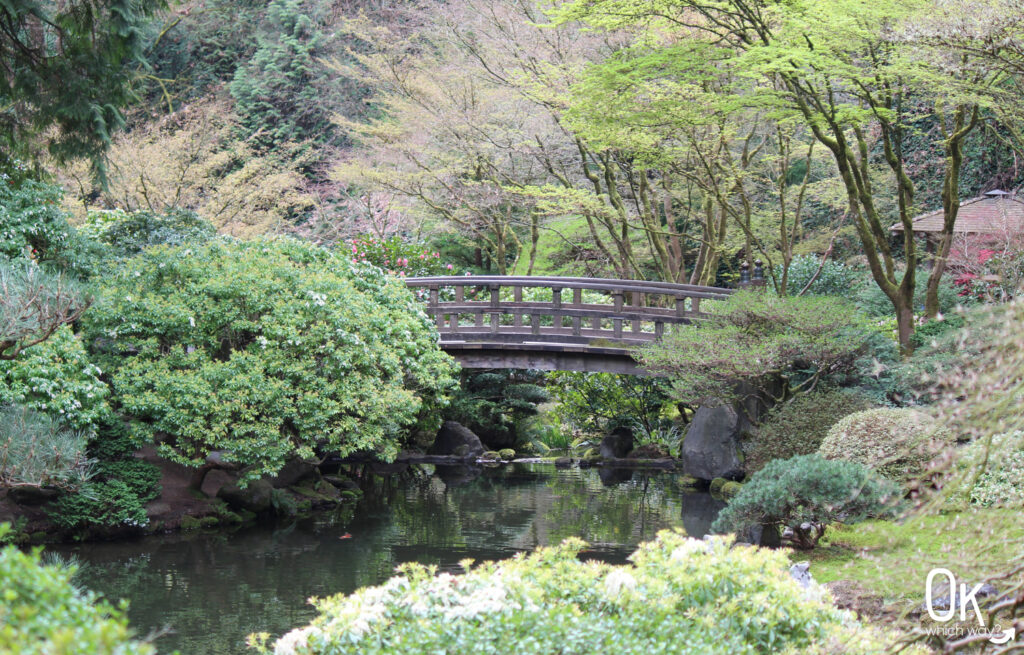
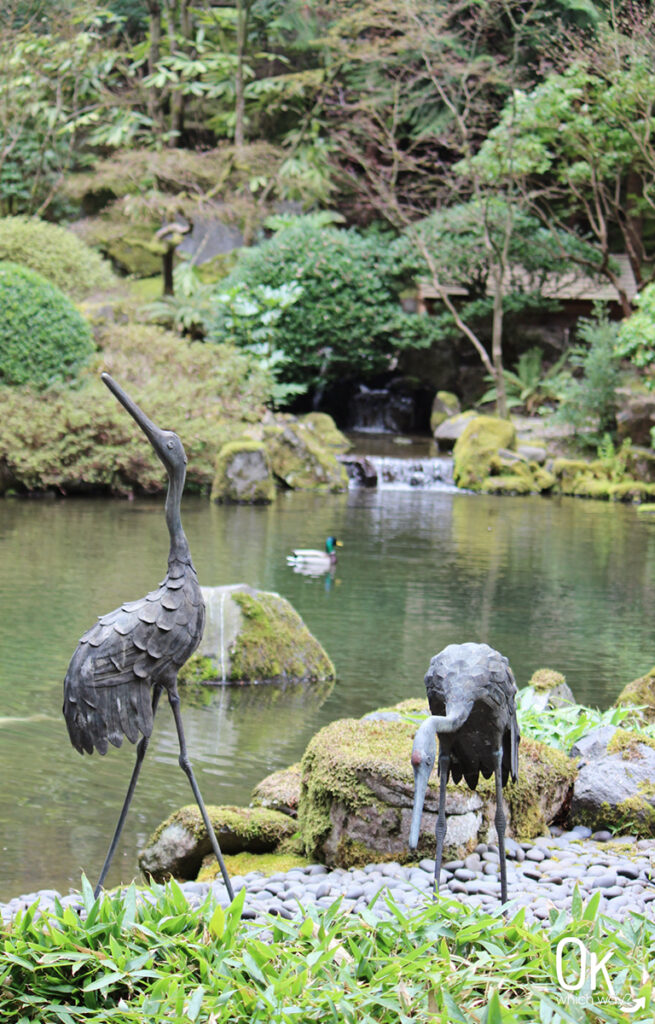
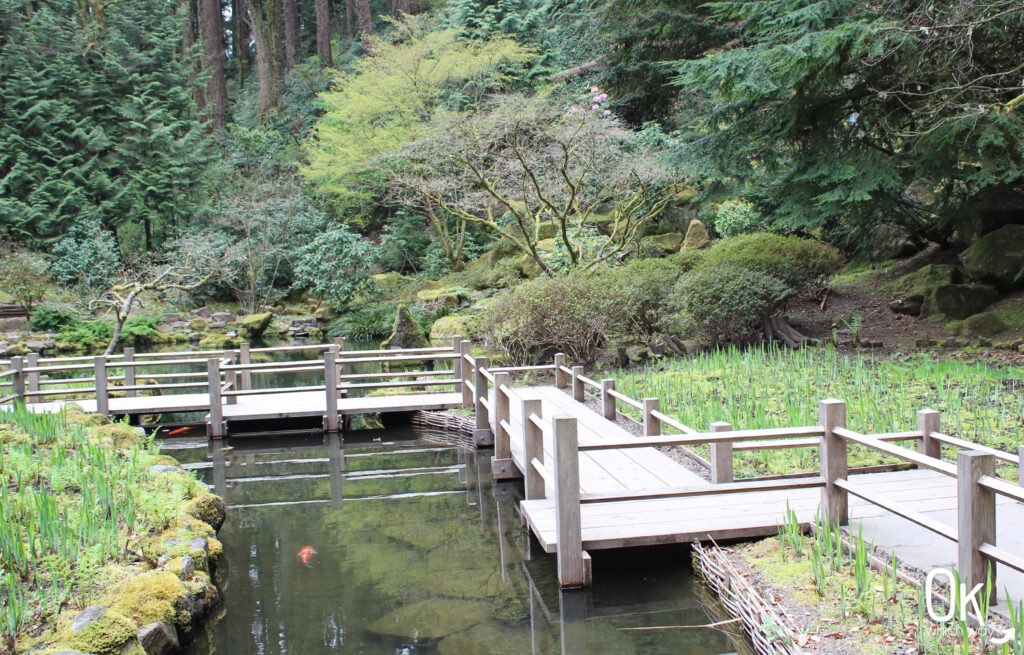
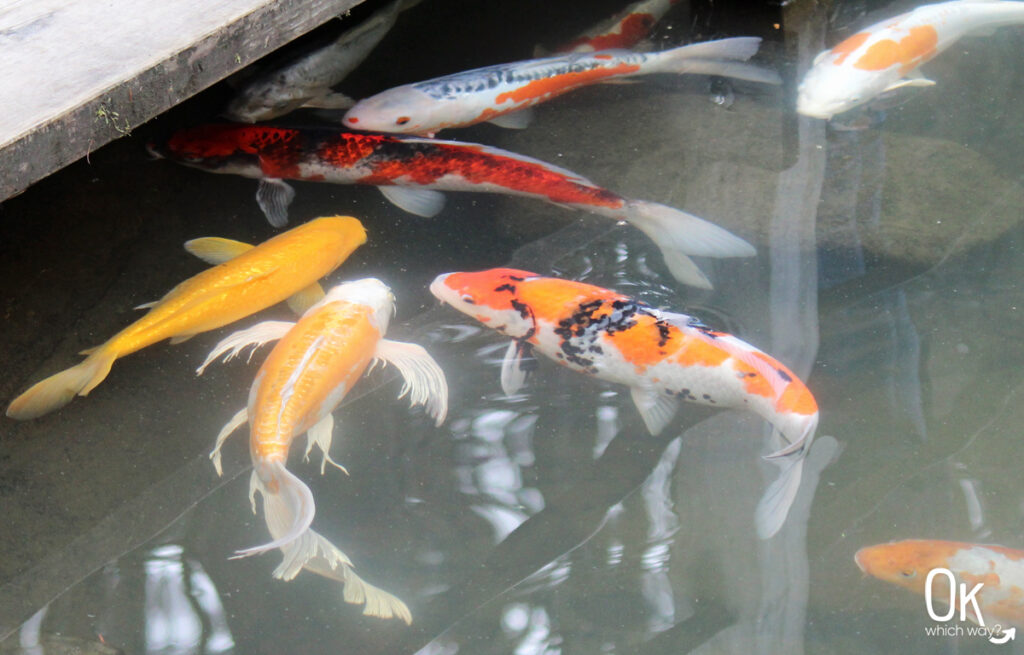
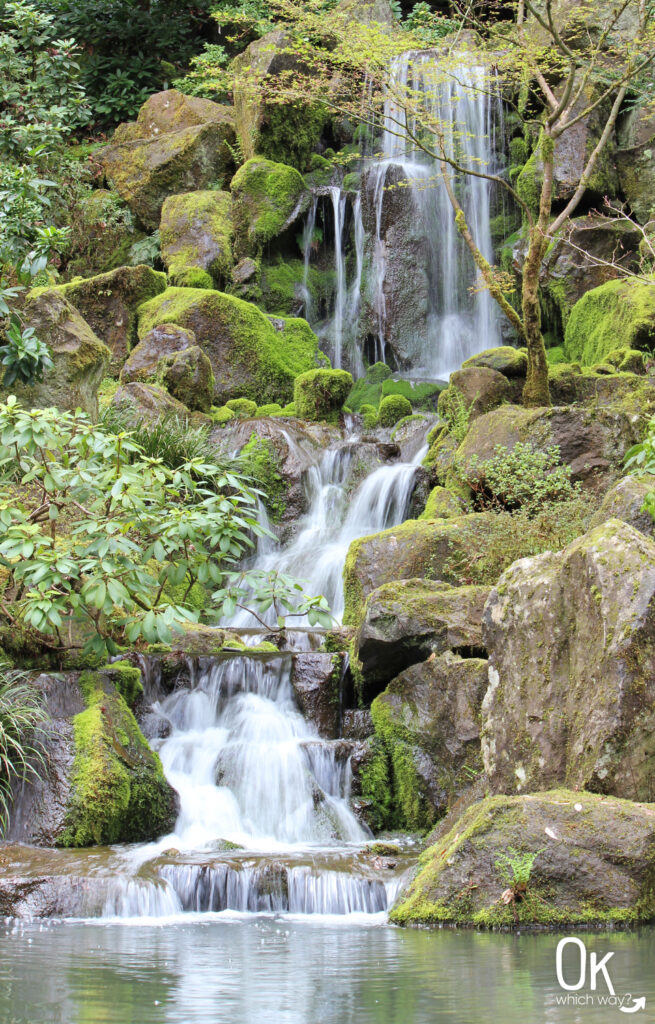
The Flat Garden
The Flat Garden is unique with its raked gravel and manicured shrubs. Circle and Gourd Islands within the gravel symbolize enlightenment and happiness. The weeping cherry tree is an impressive focal point and the laceleaf Japanese maple is over 100 years old.
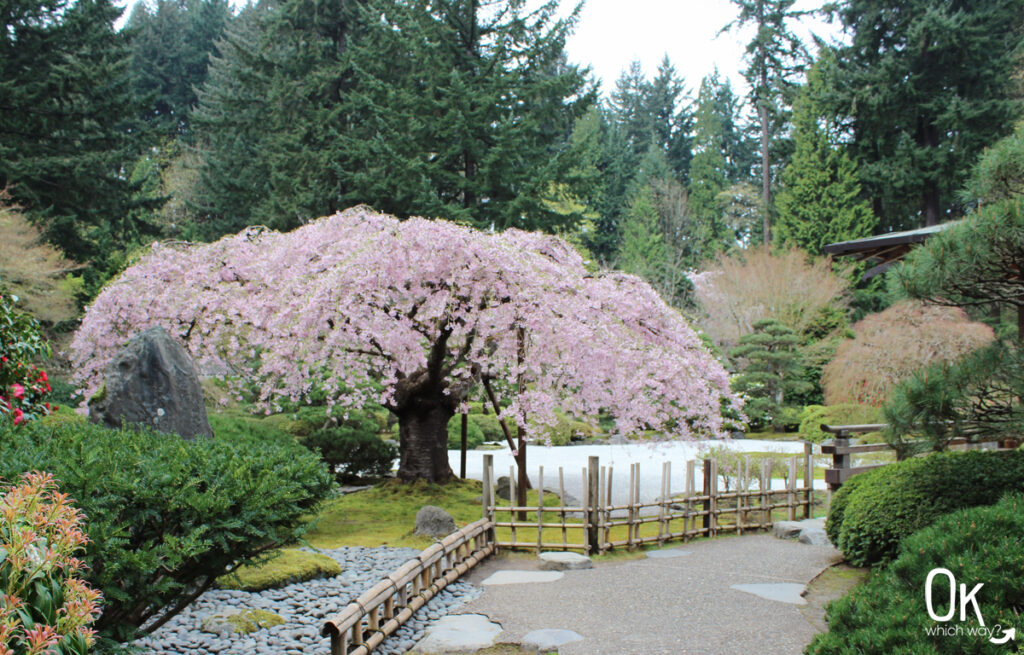
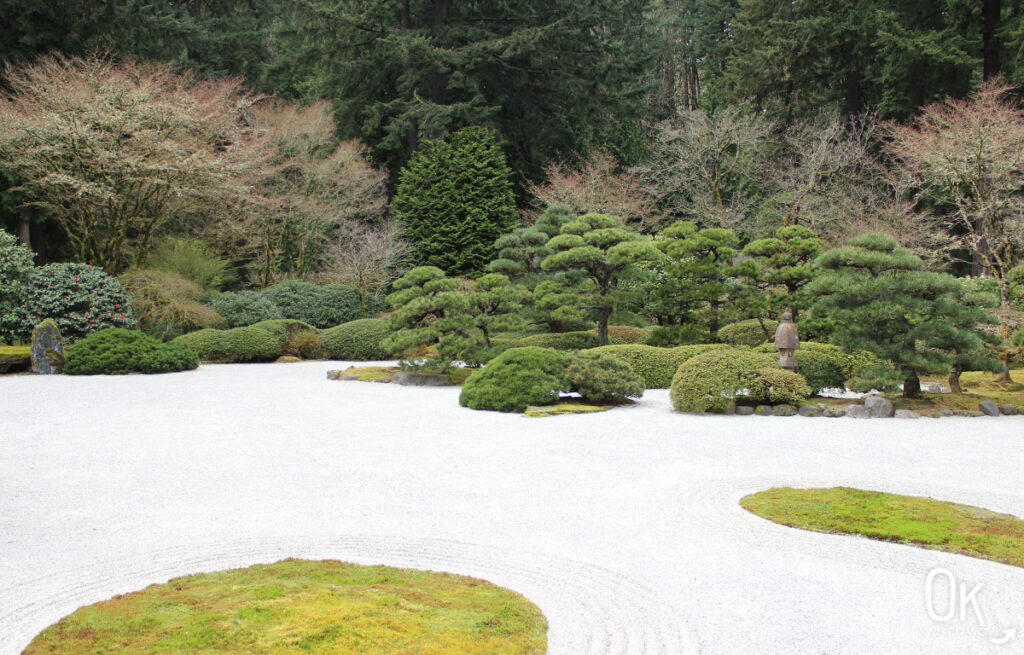
The Natural Garden
The Natural Garden not only includes Japanese plants, but also plants indigenous to the Pacific Northwest. It is calming, and beautiful, and green – which, of course, I love.

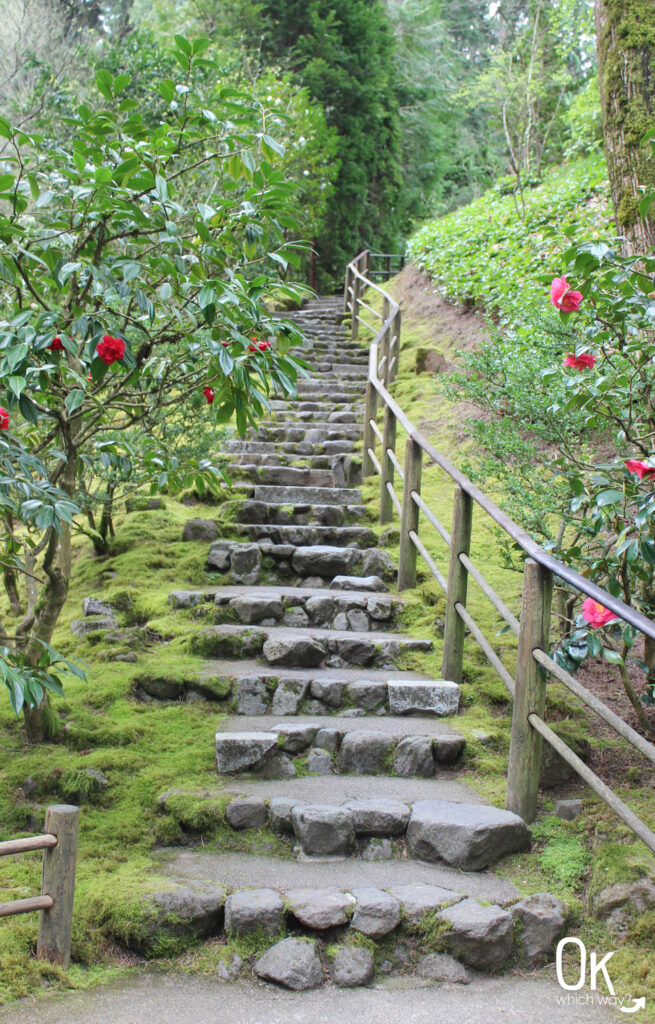
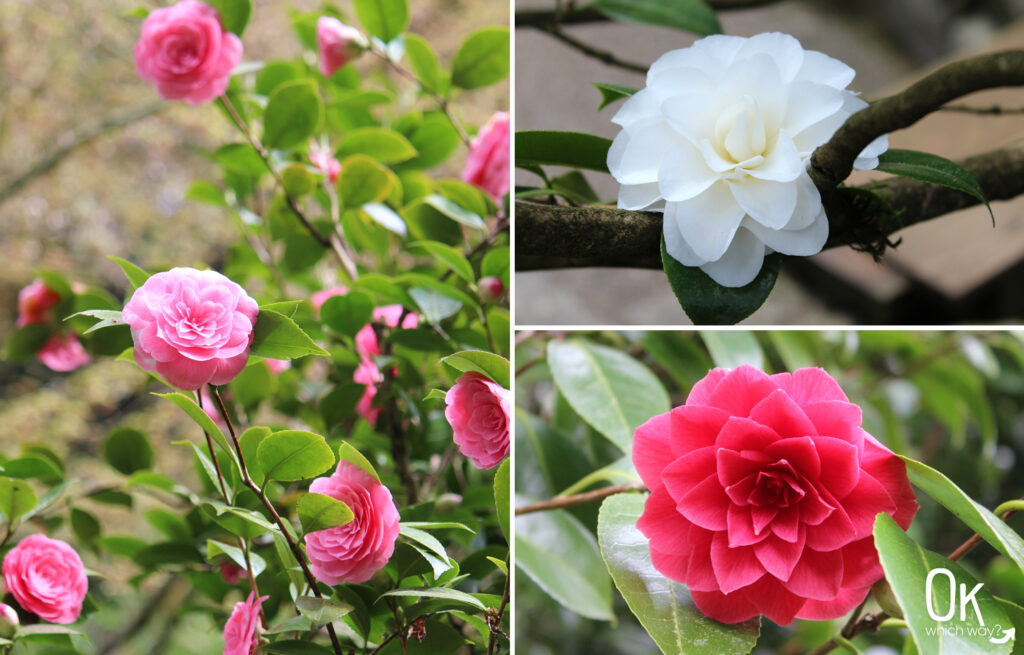
Sand and Stone Garden
The karesansui garden is a dry landscape composed primarily of rocks and raked sand or gravel that represent ripples of water. Where strolling gardens are created for strolling and exploration, karesansui gardens are meant for contemplation.
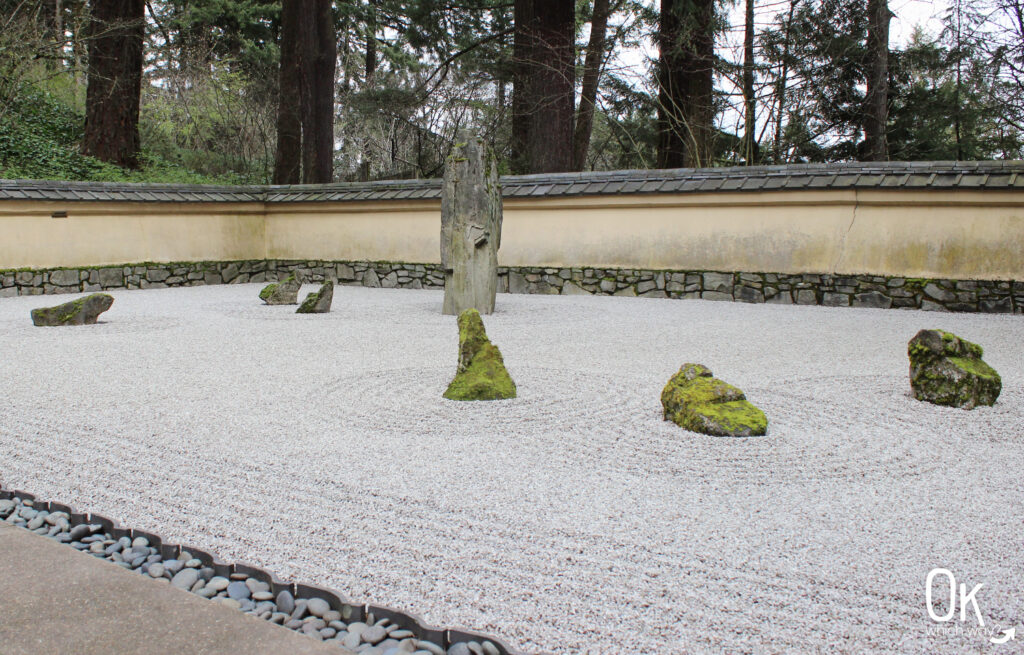
Thinking about visiting the Portland Japanese Garden?
Pin This ⬇
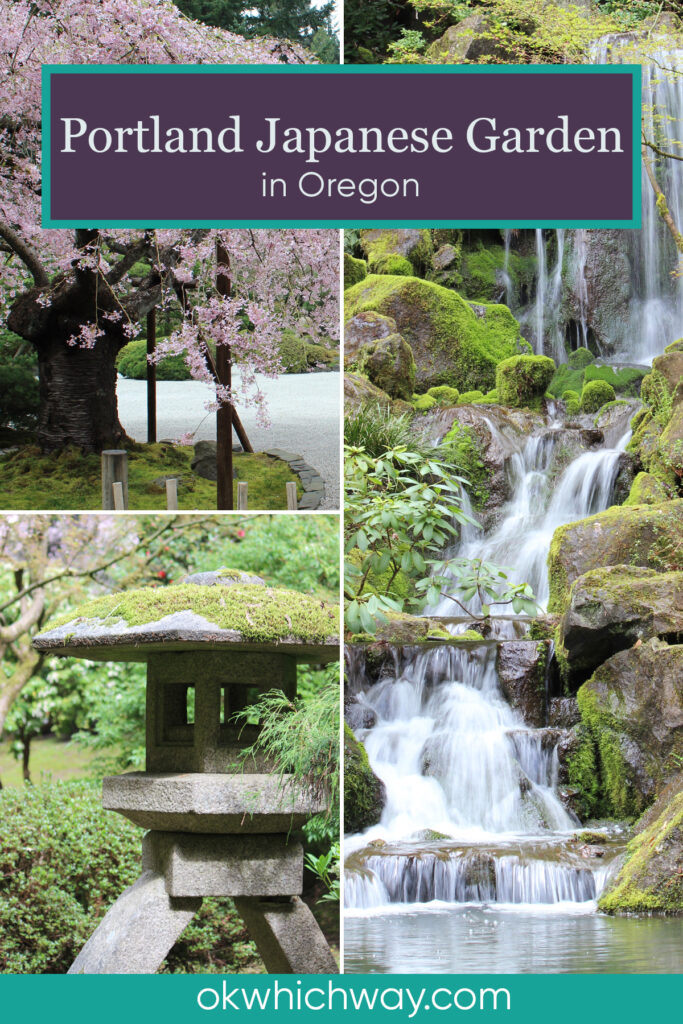
Places to Visit near Portland Japanese Garden



